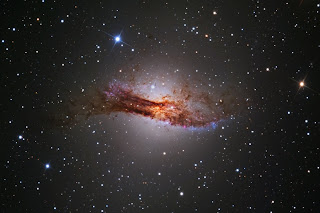SpaceX's Falcon 9
Launches to the Space Station
2012 May 23
CAPITALISM IN
SPAAAAAAAACE! Well kinda, on May 23 the corporation SPACEX has made the first
step towards space travel by private industries. The corporation's Falcon 9
rocket was attached to a Dragon Spacecraft in order to test the reliability of
privately made spacecraft and to resupply the International Space Station.
Today marks the day where Dragon will attempt to dock with the ISS, I will
update this post later tonight and bring news of its success (or failure).
P.S - School Internet just dropped.
--------------------------------------------------------------------------------------------------------------------------------------------------
"Dragon's sensors and flight systems are subjected to a series of complicated tests to determine if the vehicle is ready to berth with the space station; these tests include maneuvers and systems checks in which the vehicle comes within 1.5 miles of the station". This means I was wrong and that SpaceX's Falcon 9 rocket will not come in contact with the ISS today. This section give me an opportunity to go over some assorted aspects of the space program that I believe are worth going over. First off, the contract that initially started SpaceX and NASA's joint work efforts, or COTS (Commercial Orbital Transportation Services), was signed back in 2006, meaning this project has been in the works for six years! Additionally, the Falcon 9 launch vehicle is available for purchase for a mere 54 million dollars, if we can convince Pine View to provide the funding then we can have the best stargaze EVER! Overall I support the efforts made to incorporate non-government funded businesses in space exploration, it will hopefully expand the importance of astronomy and facilitate future travels to the stars and beyond. In the words of NASA Administrator Charles Bolden. "The significance of this day cannot be overstated. While there is a lot of work ahead to successfully complete this mission, we are off to a good start."
-------------------------------------------------------------------------------------------------------------------------------------------------
May.25,2012 - Dragon has made contact with the ISS, astronauts rejoice!









































.jpg)
.jpg)








